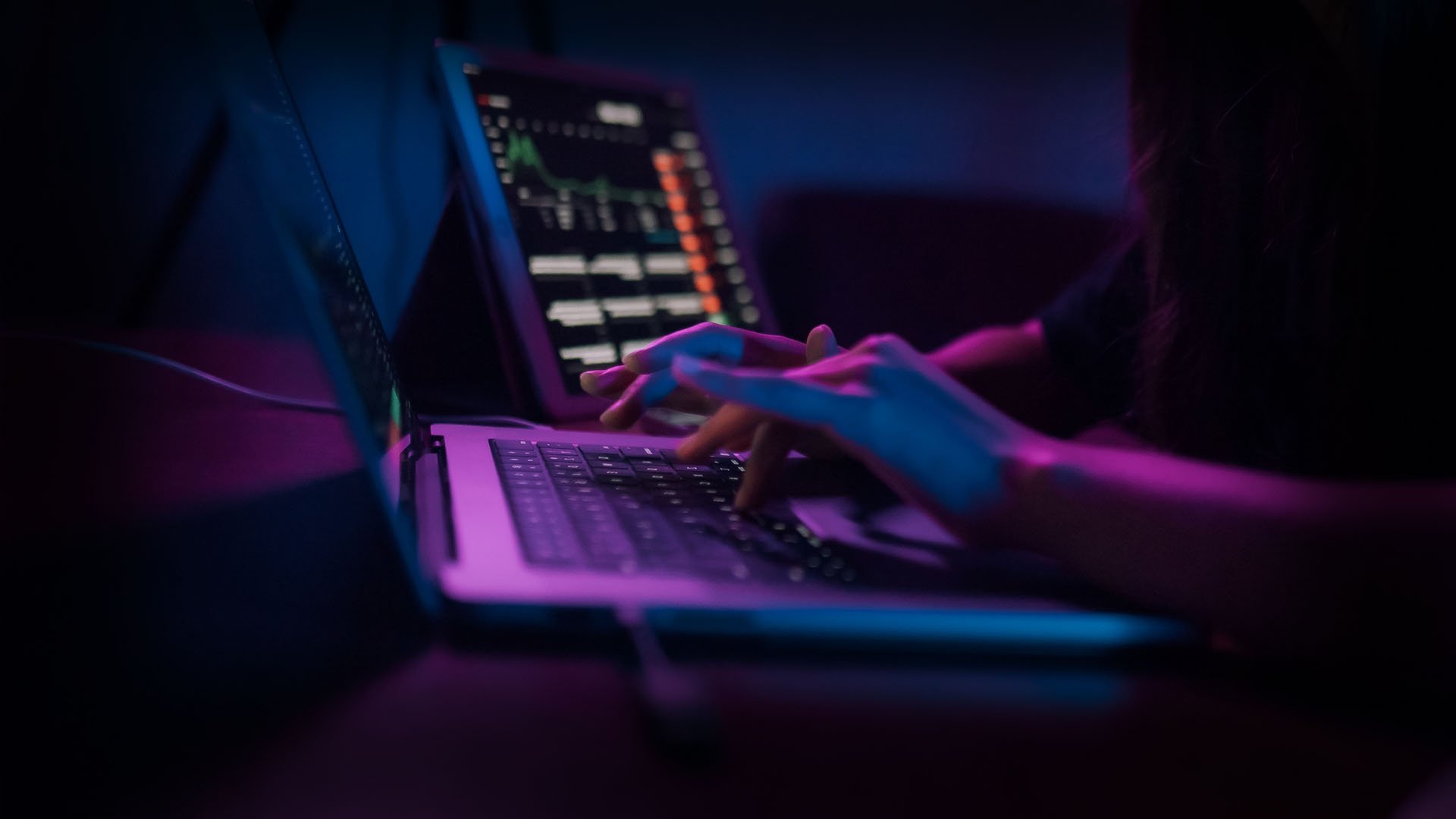In a world increasingly defined by data, automation, and interconnected systems, cybersecurity has evolved from an IT concern into a foundational pillar of business trust. As AI, quantum computing, and cloud ecosystems mature, the attack surface expands and so does the sophistication of adversaries. The defining challenge of 2025 is not just protecting systems but defending digital trust itself.
AI, the double-edged sword of cyber defense
Artificial intelligence has transformed both sides of cybersecurity. Defenders now rely on AI to detect anomalies, automate response, and predict potential breaches before they occur. AI-driven Security Operations Centers (SOCs) are helping reduce mean time to detect (MTTD) and mean time to respond (MTTR) by correlating millions of threat signals in real time.
However, the same innovation has armed adversaries. Threat actors are weaponizing AI to generate spear-phishing emails, create deepfakes for fraud, and develop polymorphic malware capable of rewriting its own code to evade detection. According to Gartner's 2025 Top Cybersecurity Trends, AI-generated deception and automated exploitation are among the fastest-growing threats.
The battle has shifted from humans versus machines to AI versus AI. The future of defense will depend on speed, adaptability, and the responsible use of intelligent systems. Organizations must train their AI models with diverse, unbiased data and ensure continuous validation to prevent adversarial manipulation.
Identity is the new perimeter
As remote work, hybrid cloud, and mobile access redefine the workplace, identity has become the new security boundary. Every user, device, and API key represents a potential doorway into critical systems. The principle of "never trust, always verify" now forms the backbone of modern security.
Zero Trust architectures, backed by robust Identity and Access Management (IAM), are no longer optional. Continuous authentication, behavioral monitoring, and least-privilege access must extend beyond employees to include partners, vendors, and machine identities service accounts, containers, and bots. In fact, machine identities now outnumber human users by more than 40 to 1, creating a massive, often unmanaged attack surface.
A compromised identity can bypass even the strongest firewall. Organizations that prioritize identity visibility, access governance, and automation will be better equipped to reduce insider risk and lateral movement during attacks.
Ransomware, supply chains, and cloud vulnerabilities
Ransomware remains the most disruptive cybercrime, but its tactics are evolving. Threat groups now combine encryption with data theft and extortion, threatening to release stolen data if victims refuse to pay. The FBI's Internet Crime Report reported ransomware damages exceeding $30 billion globally in 2024, with average recovery times extending beyond 24 days.
Supply chain attacks, meanwhile, have become the hacker's shortcut to mass infiltration. The SolarWinds and MOVEit breaches illustrated how one compromised vendor can cascade into thousands of victims. Attackers exploit the inherent trust between software providers and customers, embedding malicious code into legitimate updates.
Cloud adoption has added another layer of complexity. Misconfigured storage buckets, unsecured APIs, and lack of visibility across multi-cloud environments continue to drive breaches. Enterprises must embrace shared-responsibility models, implement automated configuration management, and adopt continuous security validation to safeguard cloud workloads.
Preparing for the quantum future
Quantum computing poses a paradigm shift in cybersecurity. Once operational, it could render today's encryption methods, RSA and ECC, obsolete within minutes. In response, the National Institute of Standards and Technology (NIST) is finalizing post-quantum cryptography (PQC) standards to ensure long-term data confidentiality.
Forward-thinking organizations are beginning cryptographic inventories to identify where legacy encryption is embedded in systems, applications, and devices. Transitioning to quantum-safe algorithms must be approached strategically, balancing interoperability, performance, and compliance. Quantum readiness is not a far-future concern, it's a current strategic necessity.
The human firewall
Despite advanced technology, people remain cybersecurity's greatest strength and weakness. Studies consistently show that more than 80% of breaches stem from human error—from clicking phishing links to mishandling credentials.
Building a security-aware culture is essential. Organizations are now turning to micro-learning, gamified phishing simulations, and real-time behavioral coaching to reinforce safe habits. Leadership engagement is equally critical, as cybersecurity must be seen not as an IT cost but as a shared business priority. When employees are empowered to think like defenders, the organization gains an army of vigilant sensors against potential compromise.
True resilience is not about preventing every breach, it's about withstanding, responding, and recovering faster than adversaries can adapt. The most secure organizations today combine threat intelligence, automation, and collaboration.
Frameworks like MITRE ATT&CK and CISA's Zero Trust Maturity Model are enabling a shift toward intelligence-driven defense. Shared data on attacker tactics, techniques, and procedures (TTPs) allows defenders to anticipate rather than react.
Collaboration across industries, vendors, and governments is the foundation of collective defense. The SecureWorld community, in particular, exemplifies this spirit, uniting leaders to share insights, strengthen strategy, and advance cyber maturity.
Cybersecurity in 2025 is a race for resilience. The convergence of AI, quantum computing, and digital transformation is rewriting the rules of defense. Organizations that focus on adaptability, integrating technology, governance, and human vigilance, will define the next era of cyber resilience.
Ultimately, defending trust is the new mission. In a world where algorithms make decisions, data drives economies, and identities unlock systems, protecting that trust is not just a technical challenge, it's a global responsibility.





